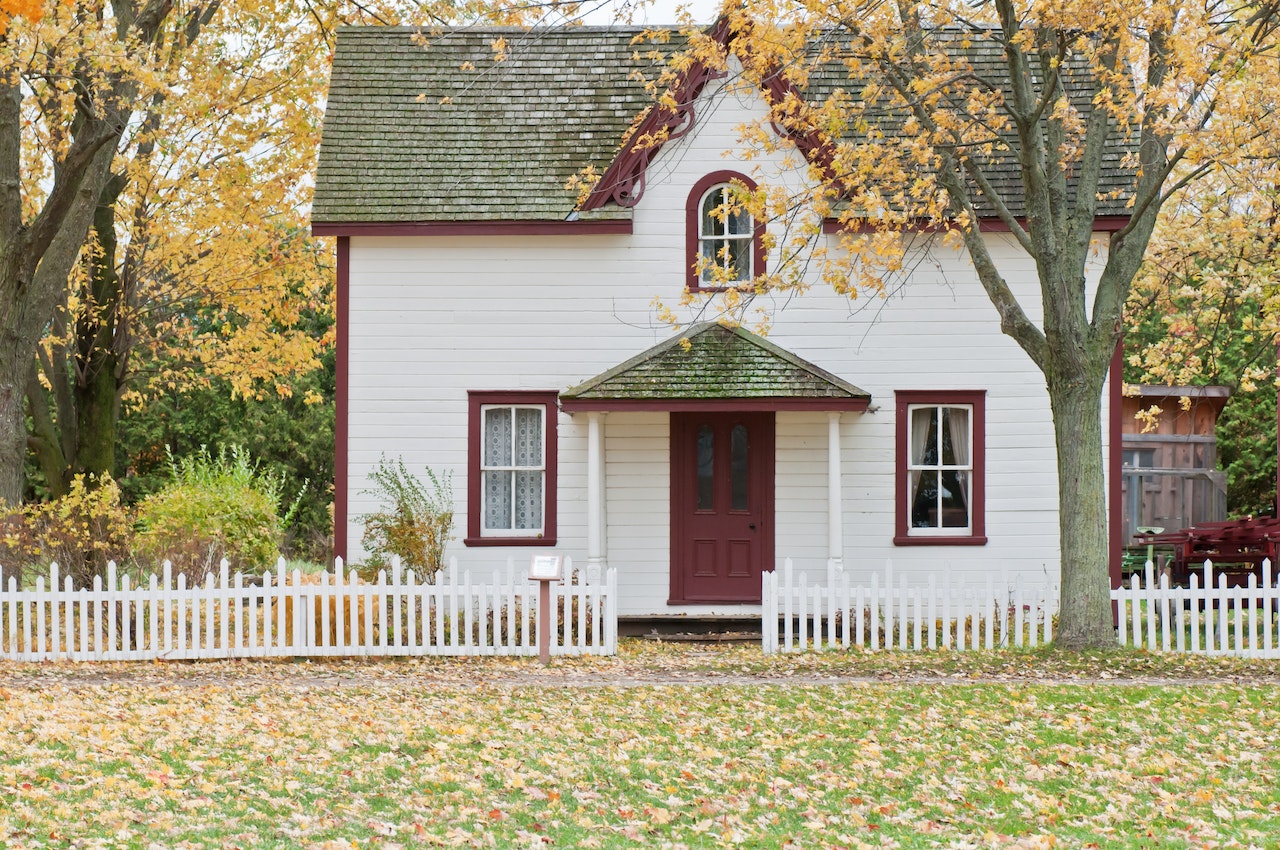Flipping a house refers to buying a property, renovating or improving it, and then selling it for a profit. It can be a lucrative investment opportunity, but it also comes with risks and challenges. Here are some general steps to consider when flipping a house:
1. Research and Planning:
– Study the real estate market in your target area to identify potential opportunities and understand property values, demand, and market trends.
– Set a budget for your investment, considering the purchase price, renovation costs, carrying costs (mortgage, insurance, utilities), and selling expenses (closing costs, realtor fees).
– Determine your target buyers and their preferences to guide your renovation decisions.
2. Financing:
– Arrange financing for the purchase of the property. This can be done through personal savings, loans, or partnerships with investors.
– Get pre-approved for a mortgage if you’re planning to finance the project through a loan.
3. Property Acquisition:
– Find potential properties that are suitable for flipping. Look for distressed or undervalued properties, foreclosures, or properties in need of significant repairs.
– Conduct thorough inspections and assessments of the property’s condition to estimate repair costs accurately.
– Negotiate the purchase price and secure the property through a purchase agreement or contract.
4. Renovation and Improvements:
– Develop a detailed renovation plan and timeline. Consider working with a contractor or a team of professionals if needed.
– Focus on cost-effective improvements that offer a high return on investment (ROI), such as kitchen and bathroom upgrades, cosmetic enhancements, flooring, paint, and curb appeal.
– Obtain the necessary permits and approvals for any structural changes or major renovations.
– Regularly monitor the progress of the renovations to ensure they stay on schedule and within budget.
Check out our article on installing drywall here!
5. Marketing and Selling:
– When the renovations are complete, stage the house to make it more appealing to potential buyers.
– Work with a real estate agent to market the property effectively and reach a wider audience.
– Set an appropriate listing price based on the current market conditions and the property’s value after renovations.
– Consider hosting open houses or private showings to attract potential buyers.
– Evaluate offers from interested buyers and negotiate the terms of the sale.
6. Flipping A House and Closing the Sale:
– Work with a real estate attorney to handle the closing process and necessary legal documentation.
– Coordinate with the buyer’s lender, if applicable, to ensure a smooth transaction.
– Arrange for a final walkthrough of the property before the closing to address any remaining concerns or issues.
– Complete the necessary paperwork and finalize the sale.
Remember, flipping a house involves financial risks, unexpected challenges, and potential market fluctuations. It’s crucial to conduct thorough research, have a solid plan, and be prepared for unforeseen circumstances. Seek advice from experienced professionals, such as real estate agents, contractors, and attorneys, to increase your chances of success.








